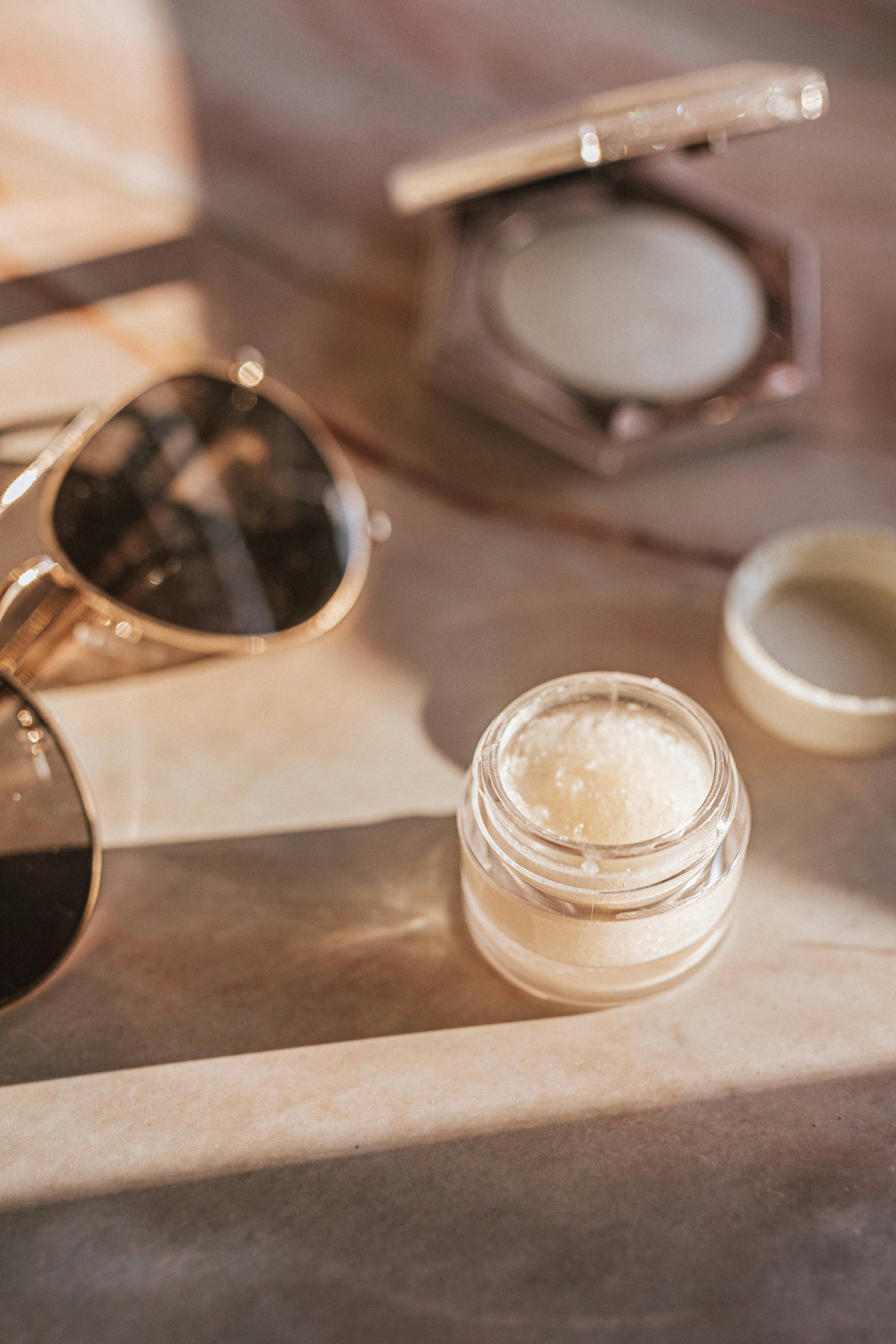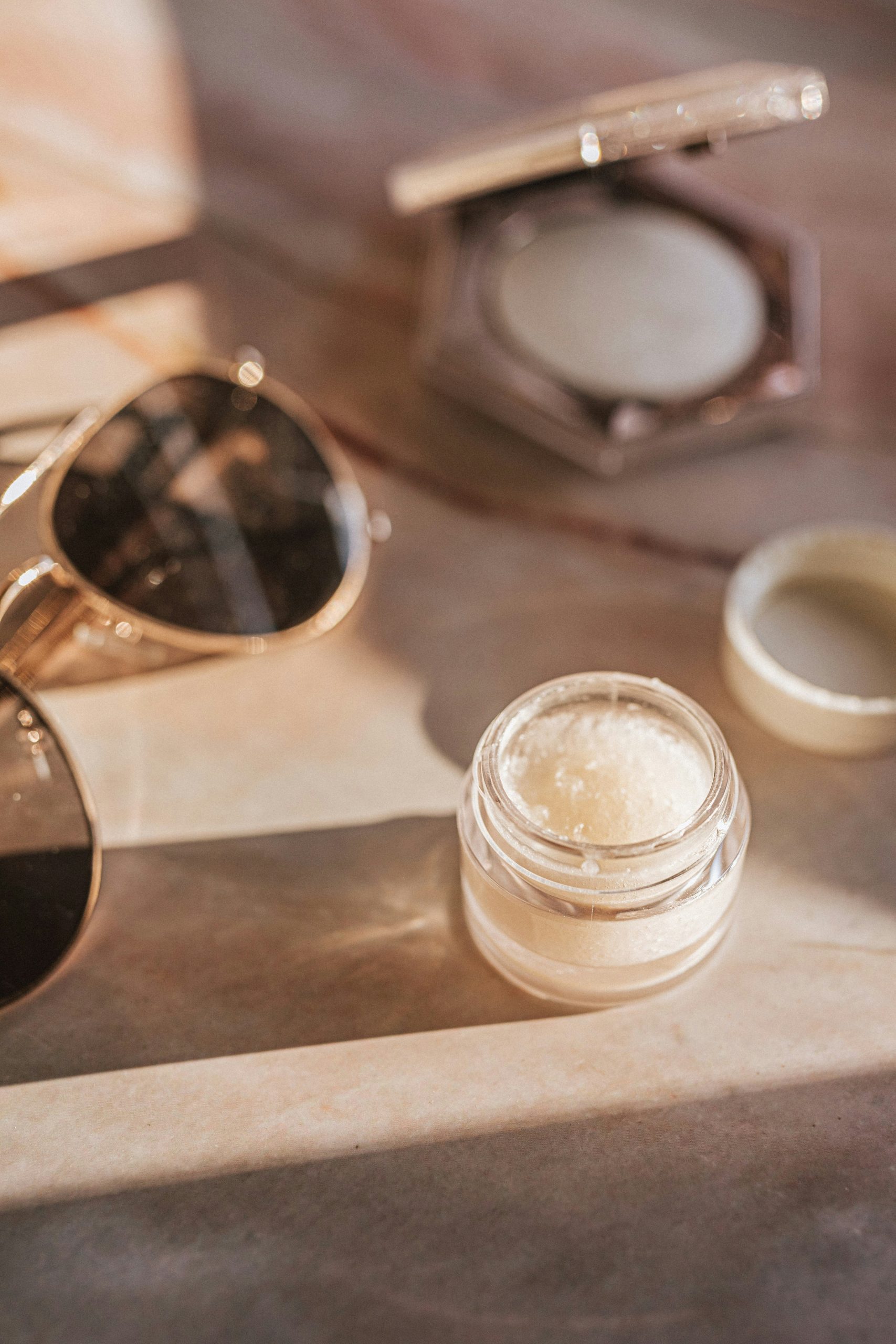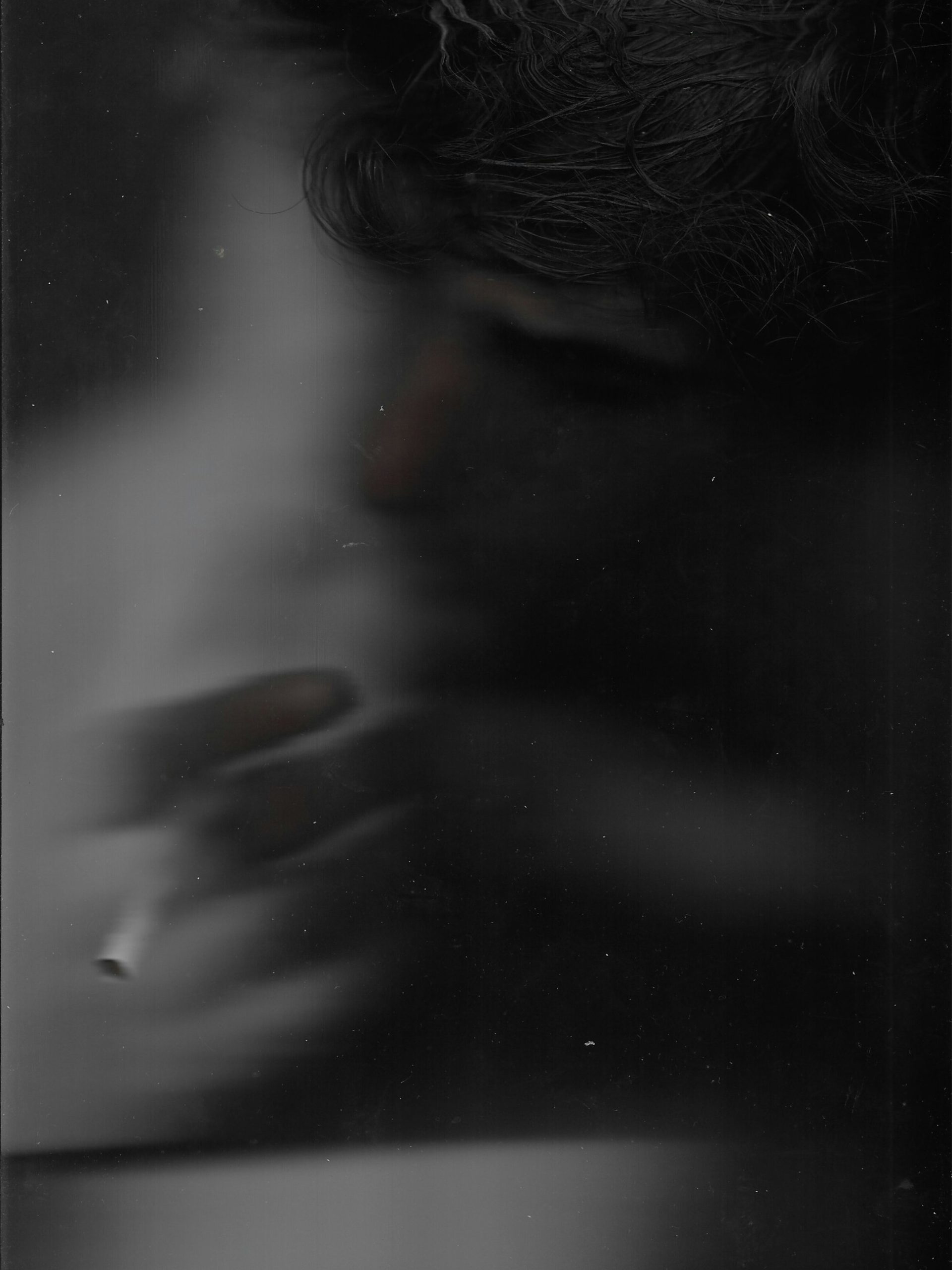Introduction to DTF Printing
Are you looking to elevate your printing game? Enter the world of DTF printing, where innovation meets creativity. Direct-to-Film (DTF) technology has taken the industry by storm, offering vibrant colors and exceptional detail on a range of materials. But what if we told you there’s an even better option? The no powder DTF printer is revolutionizing how we think about textile printing. Say goodbye to messy powders and hello to streamlined efficiency! Join us as we explore how this cutting-edge approach can help you achieve high-quality prints that stand out from the crowd. Whether you’re a seasoned pro or just starting, there’s something here for everyone eager to enhance their craft.
The Advantages of Using a No Powder DTF Printer
One of the standout benefits of a no powder DTF printer is its simplicity. It eliminates the need for adhesive powders, making the printing process cleaner and more efficient.
This type of printer also enhances color vibrancy. The ink adheres directly to fabric without any disruption from powders, resulting in brighter and bolder prints.
Durability is another key advantage. Prints made with a no powder system tend to withstand washing better than those that rely on traditional methods. This means your designs will last longer and retain their quality over time.
Additionally, there’s less waste involved when using this technology. With no excess powder to deal with, you can save materials and reduce cleanup efforts significantly.
Flexibility in fabric choice is increased as well. No powder DTF printers work effectively on various textiles, allowing for diverse applications in fashion or promotional items.
Understanding the Process and Materials Required for High-Quality Prints
To achieve high-quality prints with a no powder DTF printer, it’s essential to grasp the materials and processes involved. Start with your choice of film. Opt for high-grade transfer films designed specifically for DTF printing.
Next, focus on the ink. Water-based inks are typically used in DTF printers, providing vibrant colors while being eco-friendly. These inks adhere well to various fabrics and surfaces.
The process begins by printing your design onto the film using specialized software that ensures precision in color output. After printing, apply an adhesive solution evenly on top of the inked film before curing it under heat.
Curing is crucial as it no powder dtf printer helps bond the ink to the adhesive properly. Use a quality heat press to transfer your printed designs onto garments or items smoothly and securely.
Understanding these steps will set you up for success in producing stunning prints every time.
Tips and Tricks for Achieving Exceptional Results with a No Powder DTF Printer

To maximize the potential of your no powder DTF printer, start with quality materials. Choose high-grade films and inks designed specifically for this printing method. This sets a solid foundation for vibrant colors and sharp details.
Proper printer settings are crucial. Experiment with different resolutions to find the sweet spot that delivers clarity without over-saturating the design. Adjusting ink density can also enhance print vibrancy.
Before printing, ensure surfaces are clean and prepped. Dust or oil can lead to smudges or faded spots on your final product.
Don’t overlook curing times after printing; allowing sufficient time for curing improves adhesion and durability significantly.
Monitor humidity levels in your workspace. High humidity can affect ink performance during application, so keep an eye on environmental factors to achieve consistent results across all prints.
Maintenance and Care for Your DTF Printer
Regular maintenance is crucial for the longevity of your no powder DTF printer. Start by keeping the print head clean. Dust and ink residue can affect print quality, so use a soft cloth or special cleaning solution designed for printers.
Next, check the ink levels frequently. Low ink can lead to poor prints and clogging issues. Make it a habit to replace cartridges before they run dry.
Additionally, ensure that the printer’s software is up to date. Manufacturers often release updates that improve performance and fix bugs.
Store materials properly as well; keep them away from direct sunlight and humidity. This helps maintain their integrity and prevents degradation over time.
Consider running regular test prints to identify any issues early on. This proactive approach will save you time and resources in the long run while ensuring high-quality output consistently.
Comparison to Traditional Printing Methods

When comparing a no powder DTF printer to traditional printing methods, significant differences emerge. Traditional screen printing often requires multiple setups for colors, which can be time-consuming and no powder dtf printersupplier costly.
In contrast, a no powder DTF printer streamlines the process. It allows for full-color designs without extensive preparation. This means quicker turnaround times and less labor involved.
Additionally, the quality of prints produced by a no powder system is impressive. The precision in color vibrancy and detail surpasses many conventional techniques.
Adhesion is another point of divergence; while traditional methods may face challenges with different fabric types, no powder DTF printers excel across various materials.
This versatility opens up opportunities for creativity that traditional methods might restrict. It’s clear that modern technology offers distinct advantages worth considering when choosing an optimal printing solution.
Conclusion: Why Choose a No Powder DTF Printer for High-Quality Prints?
Choosing a no powder DTF printer opens up a world of possibilities for achieving high-quality prints with ease. The lack of powder not only simplifies the printing process but also enhances the final product’s look and feel. You can enjoy vibrant colors, sharp details, and soft finishes without worrying about residue or texture issues.
With advancements in technology, these printers stand out due to their efficiency and the reduced need for extra materials. They offer flexibility across various fabrics, making them ideal for custom apparel, promotional items, and more.
Investing in a no powder DTF printer means embracing innovation while ensuring top-notch results every time you print. If you’re looking to elevate your printing game while remaining cost-effective and efficient, this is undoubtedly the way forward.









